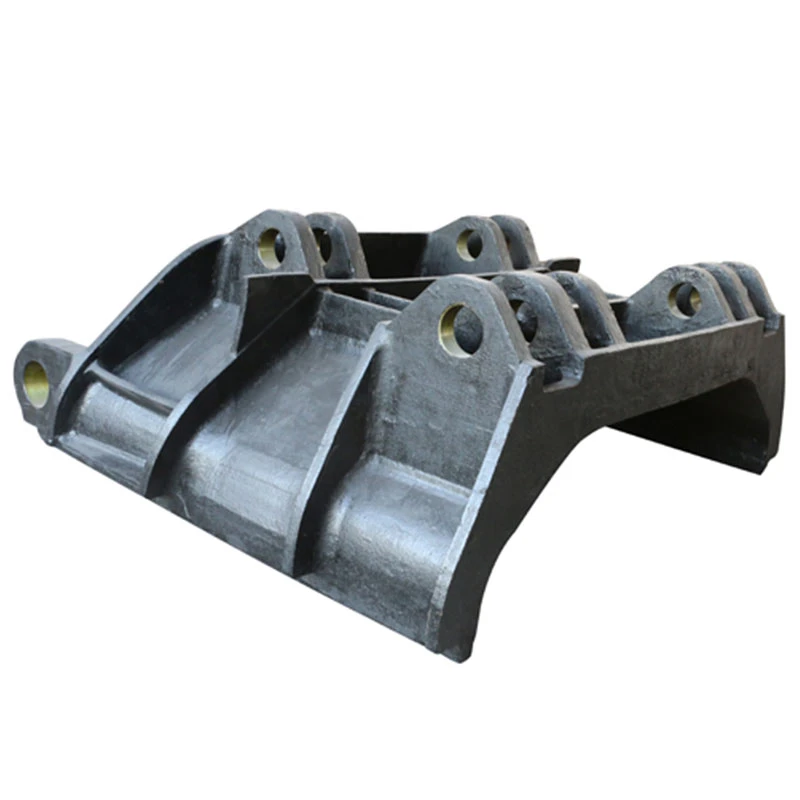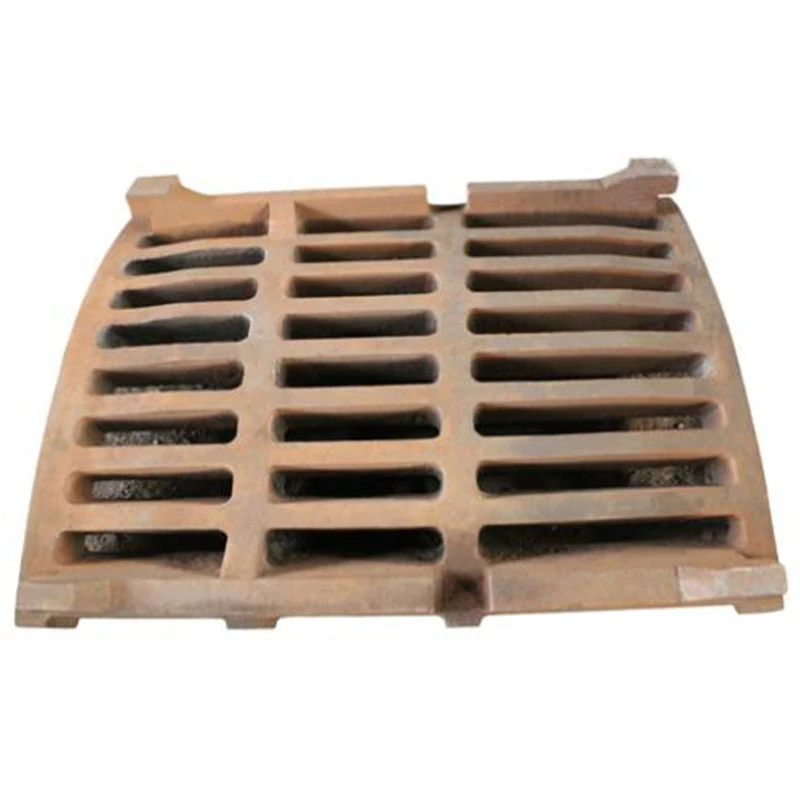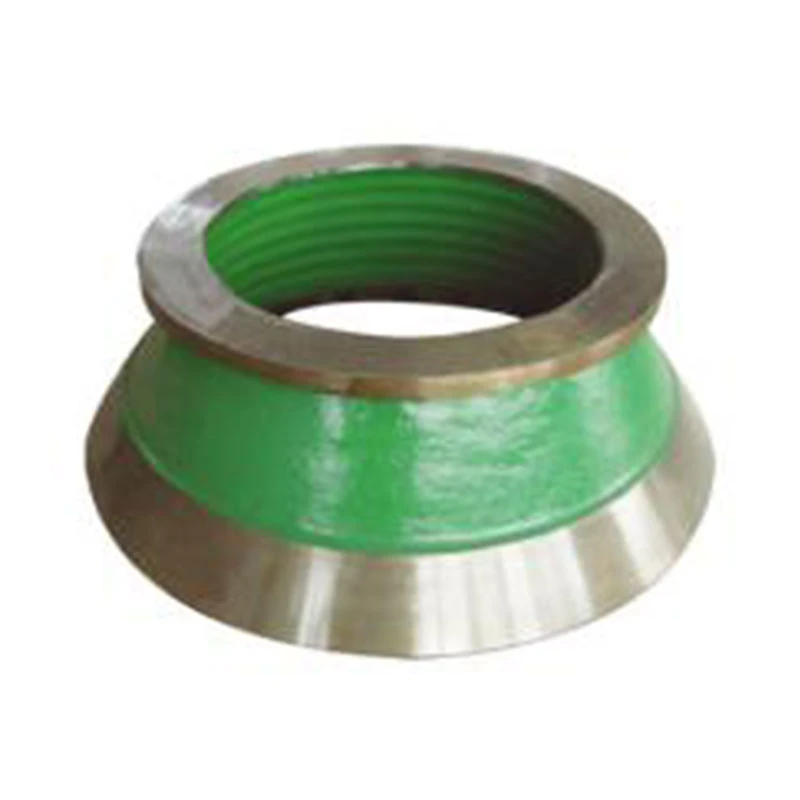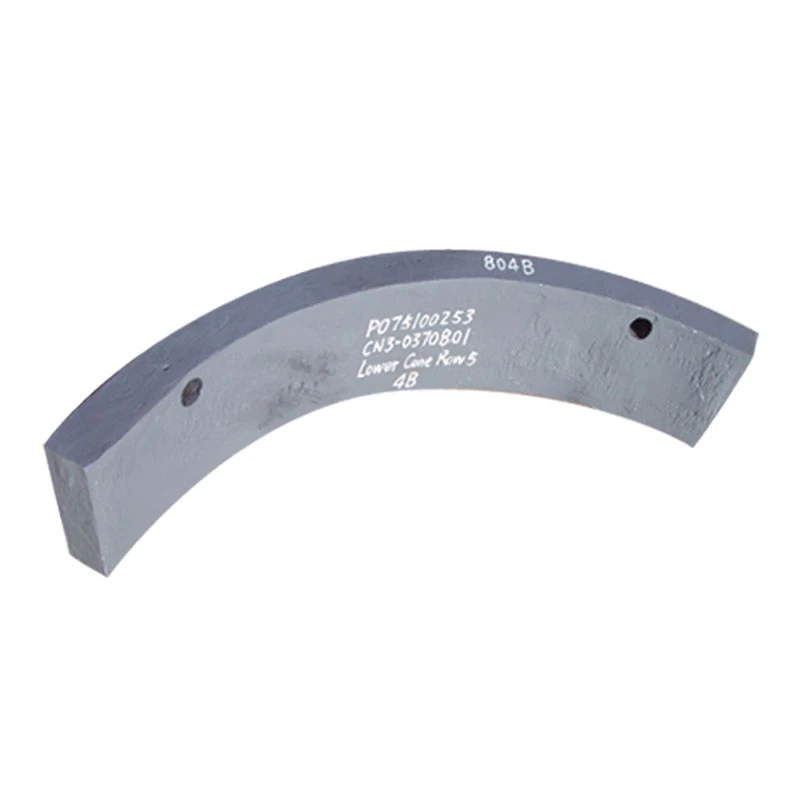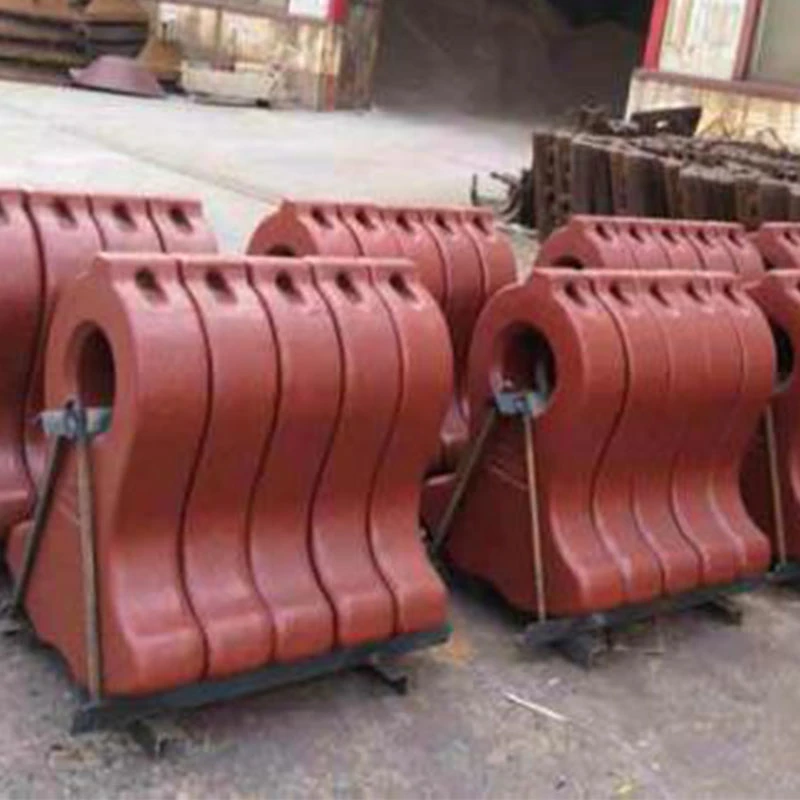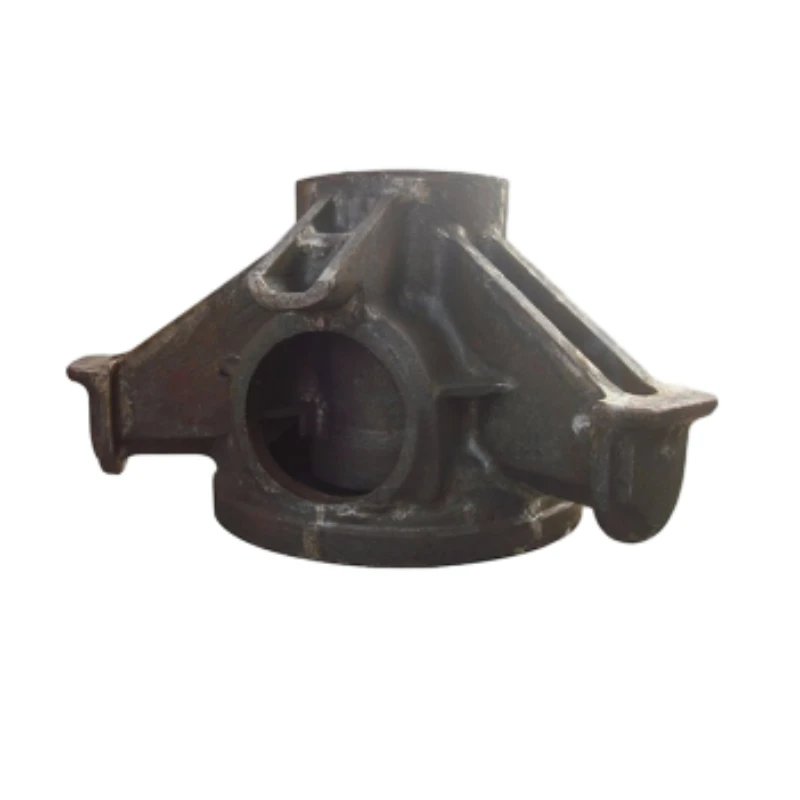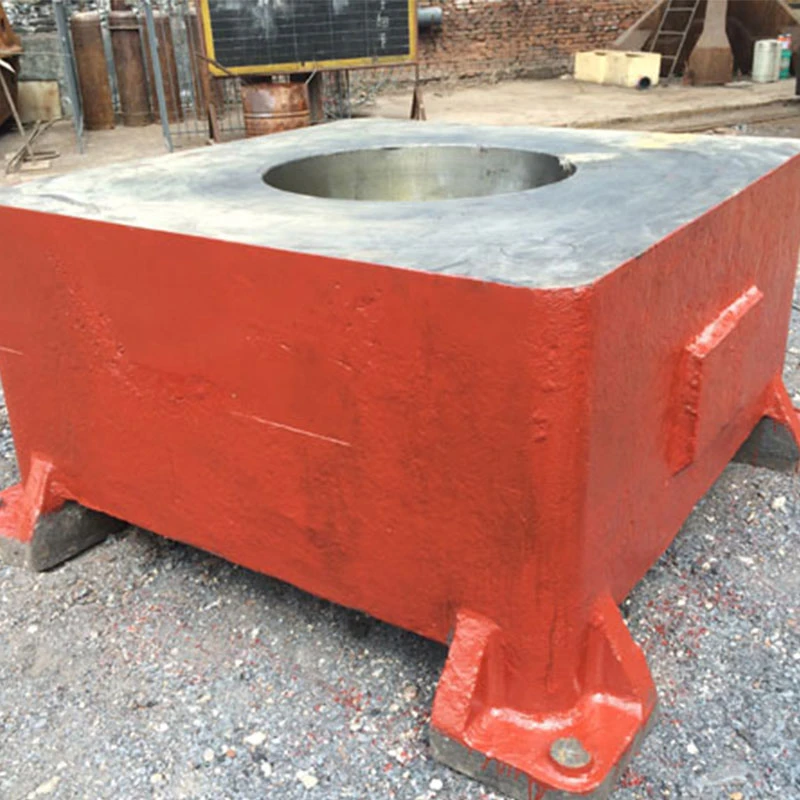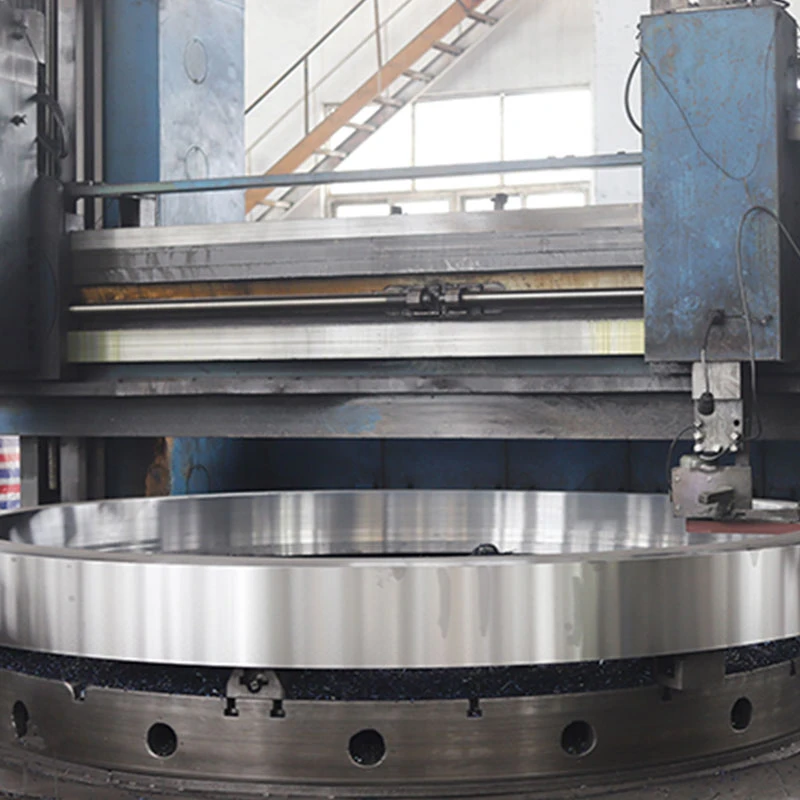- Afrikaans
- Albanian
- Amharic
- Arabic
- Armenian
- Azerbaijani
- Basque
- Bengali
- China
- China (Taiwan)
- Czech
- Danish
- Dutch
- English
- French
- German
- Greek
- Gujarati
- Haitian Creole
- hausa
- Miao
- Hungarian
- igbo
- Indonesian
- Italian
- Japanese
- Javanese
- Rwandese
- Korean
- Kyrgyz
- Lao
- Lithuanian
- Luxembourgish
- Macedonian
- Malgashi
- Malay
- Mongolian
- Myanmar
- Nepali
- Norwegian
- Persian
- Polish
- Portuguese
- Punjabi
- Russian
- Spanish
- Swahili
- Swedish
- Telugu
- Vietnamese
Aug . 28, 2025 05:00 Back to list
Durable Frame Plate Liners: High-Performance Wear Parts
The Critical Role of Frame Plate Liners in Industrial Pumping Systems
In the demanding environments of heavy industry, equipment reliability is paramount. Components subjected to extreme abrasion, corrosion, and impact require advanced protection to ensure operational continuity and cost efficiency. The frame plate liner stands as a cornerstone of this protection, particularly within slurry pumps and other fluid handling machinery. This essential component, often referred to as a rear protection plate or casing liner, shields the pump's frame plate from the erosive and corrosive effects of the pumped medium, extending the service life of critical assets and minimizing downtime. This article delves into the technical intricacies, application benefits, and strategic considerations surrounding these vital wear parts, offering insights for B2B decision-makers and engineering professionals.
Industry Trends & Material Innovations
The industrial landscape is constantly evolving, driven by the need for increased efficiency, reduced operational expenditure (OpEx), and enhanced sustainability. For components like the frame plate liner, these trends translate into a demand for superior materials and manufacturing precision. Key trends include:
- Advanced Material Science: Beyond traditional high-chromium white irons (e.g., A05, A07), there's a growing adoption of specialized alloys, composite materials (ceramic-reinforced polymers), and engineered elastomers to tackle unique combinations of abrasion, corrosion, and impact. These materials offer tailor-made solutions for specific slurry characteristics, such as highly acidic mining slurries or abrasive sand and gravel mixtures.
- Digital Manufacturing & Precision Engineering: The integration of advanced CAD/CAE tools, 3D printing for rapid prototyping, and sophisticated CNC machining ensures higher dimensional accuracy, improved surface finishes, and consistent quality, directly impacting the fit, sealing performance, and longevity of the frame plate liner.
- Sustainability and Longevity: Operators seek components with extended service lives to reduce waste, lower replacement frequency, and minimize the environmental footprint associated with manufacturing and disposal. This drives innovation in materials that offer prolonged wear resistance.
- Smart Monitoring Integration: Future trends point towards embedding sensors within wear parts or adjacent components to monitor wear rates in real-time, allowing for predictive maintenance and optimized replacement schedules, thereby maximizing the lifespan of the frame plate liner insert.
These developments aim to optimize total cost of ownership (TCO) by minimizing maintenance, maximizing uptime, and improving energy efficiency in slurry pumping operations across sectors like mining, power generation, chemical processing, and wastewater treatment.
Manufacturing Process Flow of a Frame Plate Liner
The manufacturing of a high-performance frame plate liner is a complex, multi-stage process requiring stringent quality control to achieve the desired material properties and dimensional accuracy. Here's a typical flow, emphasizing robust engineering practices:
1. Material Selection & Design
Involves selecting optimal materials (e.g., A05 high-chromium white iron, natural rubber, polyurethane) based on application, fluid properties, and desired service life. CAD software is used for precise design and mold creation.
2. Melting & Casting (for Metal Liners)
High-frequency induction furnaces melt raw materials. Precision sand casting or investment casting techniques are employed to pour molten metal into meticulously prepared molds, ensuring minimal defects and uniform grain structure.
3. Heat Treatment
Castings undergo specific heat treatment cycles (quenching, tempering) to achieve the desired hardness, toughness, and wear resistance. This is critical for developing the matrix of carbides that provide wear protection.
4. Machining & Finishing
CNC machining ensures precise dimensions, bolt hole accuracy, and surface finish. Grinding and polishing might follow to meet tight tolerances, especially for sealing surfaces. For rubber liners, compression molding is used, followed by trimming.
5. Quality Control & Testing
Comprehensive inspections include chemical composition analysis (spectroscopy), hardness testing (Rockwell/Brinell), non-destructive testing (NDT) such as ultrasonic (UT) or magnetic particle inspection (MPI) for internal defects, and dimensional checks against ANSI/ISO standards. Service life is estimated based on material properties and expected application wear rates.
6. Packaging & Delivery
Finished liners are carefully packaged to prevent damage during transit and delivered to clients globally, serving industries such as petrochemical, metallurgy, mining, and water supply & drainage.
This meticulous process ensures that each frame plate liner delivers advantages such as energy saving through optimized hydraulic efficiency, superior corrosion and abrasion resistance, and significantly extended operational periods in typical application scenarios.
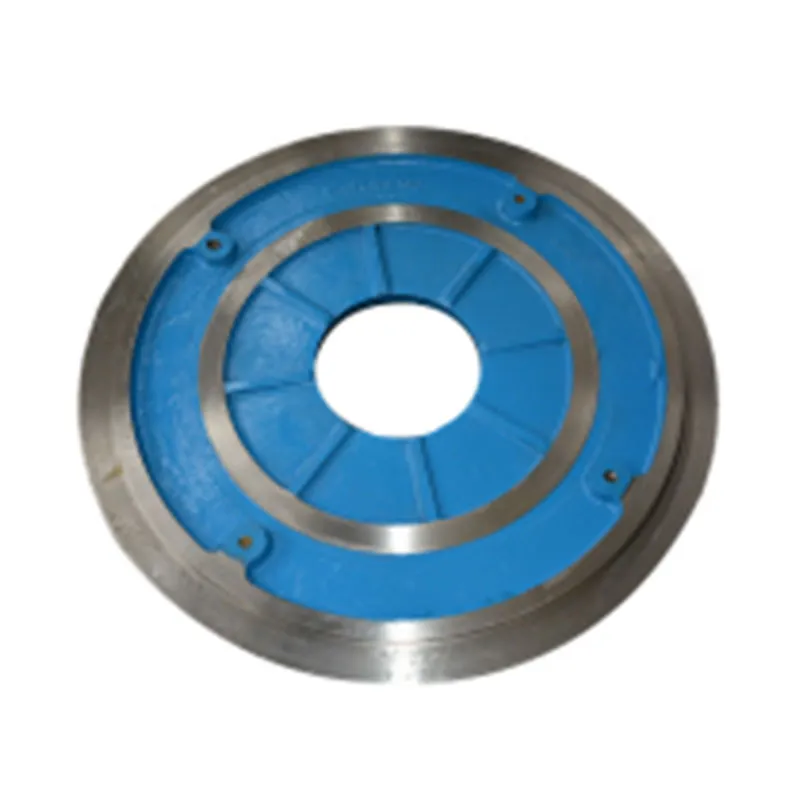
Image 1: High-chrome white iron frame plate liner during inspection.
Technical Specifications and Parameters
Understanding the technical specifications of a frame plate liner is crucial for selecting the appropriate component for a specific application. Parameters such as material composition, hardness, and tensile strength directly correlate with the component's performance and longevity in abrasive and corrosive environments.
Typical Specifications for High-Chrome White Iron Frame Plate Liners
| Parameter | Unit | A05 (Standard High-Cr) | A07 (Ultra High-Cr) | Rubber (Natural) |
|---|---|---|---|---|
| Material Composition | % (approx) | Cr 24-28, C 2.8-3.3, Si 0.5-1.5 | Cr >28, C >3.5, Si | NR, Synthetic blends |
| Hardness | HRC | 58-62 | 60-65 | 60-75 Shore A |
| Tensile Strength | MPa | ~400 | ~420 | ~15-25 |
| Impact Resistance | J/cm² | ~4-5 (low) | ~3-4 (very low) | High (excellent) |
| Density | g/cm³ | ~7.5-7.8 | ~7.5-7.8 | ~0.9-1.2 |
| Max. Operating Temp. | °C | ~110 | ~110 | ~80 |
These figures demonstrate the specialized nature of each material. High-chromium white iron alloys excel in extreme abrasive wear conditions due to their high hardness from carbide precipitates. However, their lower impact resistance makes them less suitable for applications with significant shock loads or large solid particles. Conversely, rubber frame plate liner insert excel in impact resistance and offer good performance against fine, abrasive slurries, and chemical resistance, but are generally less resistant to coarse, sharp particle abrasion or high temperatures.
Application Scenarios & Technical Advantages
The deployment of a robust frame plate liner is critical across a multitude of heavy industrial applications where abrasive and corrosive slurries are routinely processed. Its primary function is to provide an sacrificial wear surface, protecting the much more expensive and complex pump casing from rapid degradation.
- Mining & Mineral Processing: In concentrators, tailing pipelines, and dewatering operations, slurry pumps handle highly abrasive ore slurries containing quartz, iron ore, and other hard minerals. A high-chrome alloy frame plate liner is indispensable here, significantly extending the life of pumps conveying feed to hydrocyclones, thickeners, or filter presses.
- Power Generation: Fly ash and bottom ash slurries from coal-fired power plants are highly erosive. Liners ensure the continuous operation of ash handling systems, minimizing outages and maintenance costs.
- Sand & Gravel Dredging: Dredging operations move vast quantities of sand, gravel, and silt. Rubber or specialized composite frame plate liner insert offer superior resilience against impact from larger particles while resisting abrasive wear.
- Chemical & Industrial Processes: In chemical plants, specialized liners are often required to resist not only abrasion but also specific chemical attack from acidic or alkaline slurries, ensuring containment and process integrity.
- Wastewater Treatment: While typically less abrasive, some municipal and industrial wastewater streams can contain grit and corrosive agents that necessitate wear-resistant components for long-term reliability of sludge pumps.
Key Technical Advantages:
- Extended Equipment Life: By taking the brunt of wear, the liner protects the main pump components, drastically extending the overall service life of the pump and related infrastructure.
- Reduced Maintenance & Downtime: Replacing a wear part like a frame plate liner is significantly faster and less expensive than overhauling or replacing an entire pump. This minimizes costly downtime and keeps operations running smoothly.
- Optimized Hydraulic Performance: A well-maintained liner ensures that the internal hydraulic profile of the pump remains consistent, maintaining high efficiency and reducing energy consumption over time. Wear in these areas can drastically reduce pump efficiency.
- Cost-Effectiveness: While an initial investment, the long-term savings from reduced replacements, lower energy consumption, and increased uptime far outweigh the cost of high-quality liners.
- Enhanced Safety: Reliable components reduce the risk of catastrophic pump failures, which can lead to leaks, spills, and hazardous conditions for personnel.
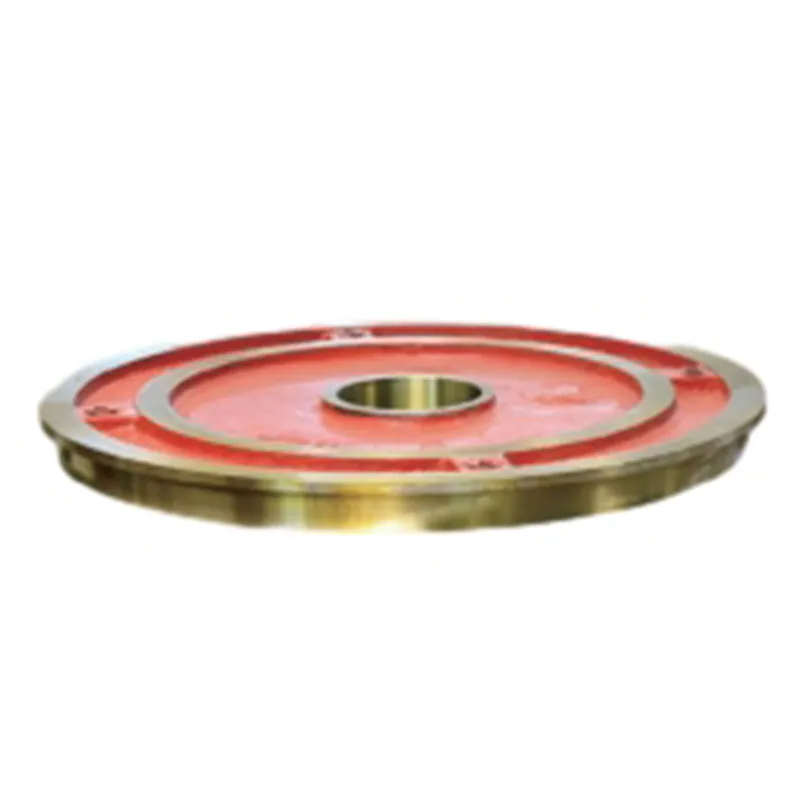
Image 2: A specialized frame plate liner designed for abrasive mining applications.
Vendor Comparison and Customized Solutions
Choosing the right vendor for frame plate liner solutions is as critical as selecting the right material. A reputable manufacturer offers not only standard products but also possesses the engineering capabilities for customized solutions tailored to specific operational demands.
Frame Plate Liner Material Comparison
| Criteria | Standard Cast Iron (e.g., Grey Iron) | High-Chrome Alloy (e.g., A05) | Natural Rubber (NR) | Polyurethane (PU) |
|---|---|---|---|---|
| Primary Strength | Cost-effective for non-abrasive/non-corrosive fluids | Extreme abrasion resistance (coarse, sharp particles) | Excellent impact & fine abrasion resistance, good chemical resistance | Good abrasion & erosion resistance, moderate chemical resistance |
| Hardness (Relative) | Low (approx. 150 HB) | Very High (58-65 HRC) | Low (60-75 Shore A) | Medium (60-90 Shore D) |
| Corrosion Resistance | Poor | Good (depending on Cr content and pH) | Excellent (acid/alkali, limited oil) | Good (oil, most chemicals) |
| Impact Resistance | Low | Very Low (brittle) | Excellent | Very Good |
| Typical Application | Water, non-abrasive chemicals | Heavy mining slurries, coarse sand | Fine/medium abrasive slurries, chemical slurries | Moderate abrasive slurries, high velocity |
| Relative Cost | Low | High | Medium-High | Medium-High |
Customized Solutions
For specialized applications, off-the-shelf solutions may not suffice. Leading manufacturers offer comprehensive customization services, including:
- Material Selection Expertise: Leveraging metallurgical engineers to recommend or develop proprietary alloys or compounds perfectly suited to the specific chemistry, particle size, and temperature of the slurry.
- Design Optimization: Utilizing advanced simulation tools (e.g., CFD – Computational Fluid Dynamics) to analyze slurry flow patterns and optimize the liner's geometry for maximum wear life and hydraulic efficiency. This can include subtle modifications to the contour or thickness of the frame plate liner insert.
- Prototyping & Testing: Rapid prototyping and in-house or third-party testing facilities to validate custom designs and materials under simulated operating conditions before full-scale production.
- Dimensional Customization: Producing liners for non-standard pump models or adapting existing designs to incorporate specific features requested by the client.
Partnering with a vendor offering these capabilities ensures a bespoke solution that delivers superior performance and long-term value, aligning with ISO 9001 quality management standards for reliability.
Application Case Studies & Client Success
Real-world application case studies powerfully illustrate the impact of high-quality frame plate liner components. Our commitment to robust engineering and materials has consistently translated into significant operational advantages for our clients.
Case Study 1: Enhanced Lifespan in Copper Ore Processing
A major copper mining operation in South America faced persistent issues with rapid wear of their slurry pump liners due to highly abrasive copper concentrate slurry. Standard A05 frame plate liner inserts were lasting only 6-8 weeks, leading to frequent downtime and high replacement costs.
- Solution: We conducted a detailed analysis of their slurry composition (particle size distribution, hardness, pH) and recommended a custom A07 ultra high-chromium alloy frame plate liner with optimized heat treatment.
- Results: The custom liners achieved an average service life of 16-18 weeks – a 125% increase. This led to a 55% reduction in annual liner replacement costs and a significant decrease in pump maintenance hours, contributing to an estimated $1.2 million in annual savings for the client. The client, a global mining conglomerate, now exclusively sources these specialized liners from us.
Case Study 2: Corrosion and Abrasion Resistance in Chemical Waste Treatment
An industrial chemical plant in North America struggled with accelerated wear in pumps handling a corrosive, fine-particle waste slurry. The acidic nature of the medium (pH 3.0) and the presence of fine silica particles rapidly degraded conventional metal liners.
- Solution: Based on the specific chemical and abrasive characteristics, we engineered a specialized rubber frame plate liner with enhanced chemical resistance properties and a unique internal geometry designed to mitigate erosion from fine particles.
- Results: The custom rubber liners extended pump operational periods from 4 weeks to 10 weeks, representing a 150% improvement. The client reported a noticeable reduction in energy consumption due to maintained hydraulic efficiency and praised the product's ability to withstand both the corrosive and abrasive elements, a testament to our material science expertise and years of service to the industry.
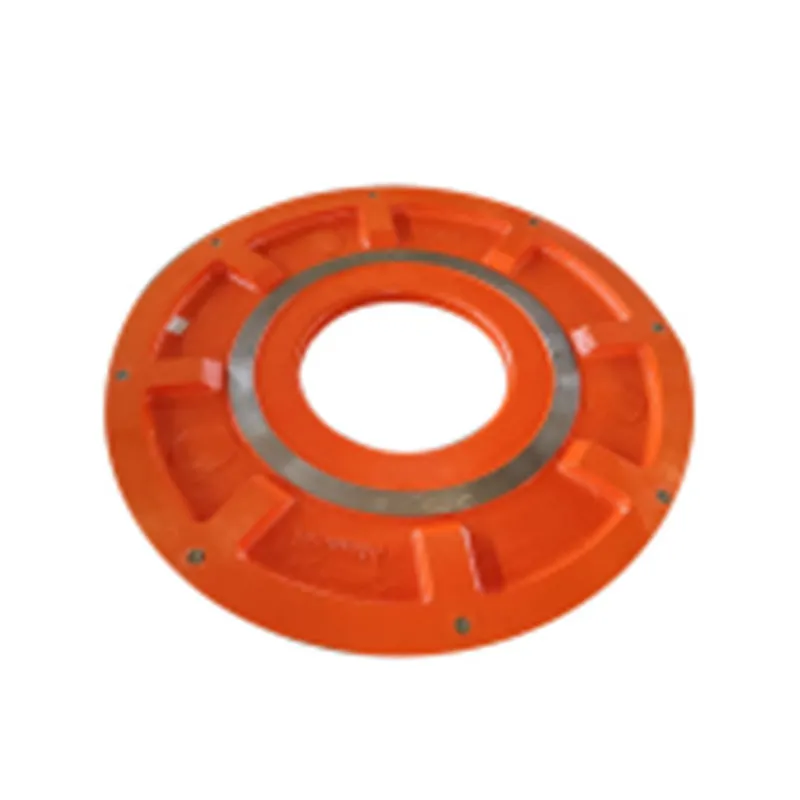
Image 3: A customized rubber frame plate liner ready for deployment.
Trustworthiness & Customer Support
Building lasting partnerships in the B2B sector requires more than just high-quality products; it demands transparency, reliability, and exceptional support. Our commitment to trustworthiness is reflected in our processes and customer service offerings.
Frequently Asked Questions (FAQ)
Q1: What materials are available for your frame plate liner products?
A1: We offer a comprehensive range of materials including various grades of high-chromium white iron alloys (e.g., A05, A07), natural rubber, synthetic rubber, polyurethane, and specialized composite materials, all rigorously tested to meet or exceed ISO standards.
Q2: How do I choose the right frame plate liner insert for my application?
A2: Our engineering team provides expert consultation. We require detailed information about your slurry (e.g., particle size, hardness, pH, temperature, flow rate) to recommend the most suitable material and design, ensuring optimal performance and service life.
Q3: What is the typical lead time for an order?
A3: Standard components typically have a lead time of 4-6 weeks from order confirmation. Custom solutions or large volume orders may require 8-12 weeks, depending on complexity and material availability. Expedited options are available upon request.
Q4: Do you provide design and manufacturing for non-standard pump models?
A4: Yes, we specialize in customized solutions. Our R&D team utilizes advanced CAD/CAE tools to design and manufacture frame plate liner components that precisely fit non-OEM or unique pump specifications.
Q5: What are your quality control and certification standards?
A5: We adhere to stringent quality management systems certified to ISO 9001. All products undergo comprehensive material analysis, dimensional inspection, and performance testing to ensure compliance with international standards and client specifications.
Lead Time & Fulfillment
We understand the critical nature of timely delivery in industrial operations. Our robust supply chain and efficient manufacturing processes enable us to offer competitive lead times. We maintain strategic inventories of common raw materials and finished goods to accelerate fulfillment for standard orders. For custom or high-volume projects, detailed production schedules are provided and regularly updated, ensuring transparency throughout the order lifecycle.
Warranty Commitments
All our frame plate liner products are backed by a comprehensive warranty against manufacturing defects and material failures. Our commitment is to ensure products perform as specified. Specific warranty periods and conditions are outlined in our contractual agreements, reflecting our confidence in the quality and durability of our solutions.
Customer Support & After-Sales Service
Our dedication to client success extends beyond product delivery. We provide extensive after-sales support, including:
- Technical Assistance: A team of experienced engineers is available for troubleshooting, performance optimization, and guidance on installation and maintenance of your frame plate liner insert.
- Spare Parts Availability: We ensure consistent availability of standard spare parts and components to minimize any potential operational disruptions.
- Performance Monitoring & Feedback: We actively engage with clients to monitor product performance in the field, gathering feedback that fuels continuous improvement and innovation.
Conclusion
The frame plate liner is an indispensable component for protecting vital industrial pumping equipment from the relentless forces of abrasion and corrosion. By leveraging advanced materials, precision manufacturing, and expert customization, businesses can significantly enhance operational efficiency, extend asset lifespan, and achieve substantial cost savings. Investing in high-quality liners, backed by a reputable vendor committed to standards, is not merely a purchase but a strategic decision for sustainable industrial operations.
References
- Smith, J. (2022). "Advances in High-Chromium White Iron Alloys for Abrasive Wear Applications." Journal of Metallurgical Engineering, 45(3), 112-128.
- Wang, L. & Chen, Y. (2021). "Elastomeric Composites for Slurry Pump Liners: A Review of Material Selection and Performance." International Journal of Wear Engineering, 32(1), 50-67.
- Gould, R. (2023). "Optimizing Slurry Pump Life Through Predictive Maintenance and Advanced Wear Parts." Proceedings of the Global Mining Congress, 87-95.
- ISO 9001:2015 Quality management systems — Requirements. International Organization for Standardization.
-
185 CFM Portable Air Compressor: Reliable Diesel Power for Any Job
NewsAug.31,2025
-
Photovoltaic Type Open-Air Drilling Car - Solar-Powered, Efficient Rig
NewsAug.30,2025
-
High-Performance Slurry Pump Impeller | Wear-Resistant Parts
NewsAug.29,2025
-
Vertical Pump Centrifugal Handles Slurries
NewsAug.26,2025
-
Slurry Pump: The Key to Enhancing Mining Efficiency
NewsAug.26,2025




